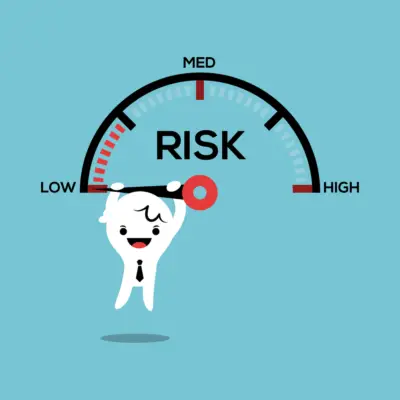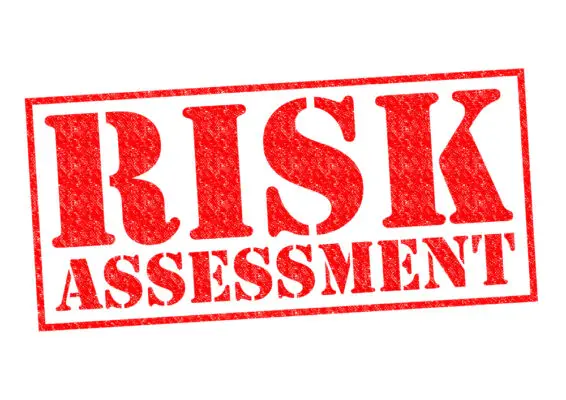User researchers commonly collect data from at-risk populations using various methods, each with its own strengths and limitations. To address this issue, at-risk users based and computer science developed Sok, a framework for unifying at-risk user research.
Sok is designed to (1) provide a structured approach for incorporating multiple data collection methods into a single study, (2) allow for the flexible integration of new methods as they are developed, and (3) promote transparency and reproducibility in at-risk user research.
The Sok framework consists of four steps: (1) Identify objectives, (2) Select methods, (3) Collect data, and (4) Analyze data. Each step is described in detail below. We hope the Sok framework will help improve the quality and utility of at-risk user research.
Sok is still in its early stages, but it has the potential to revolutionize how we approach at-risk user research. With its focus on collaboration and sharing, Sok has the potential to help us build a more inclusive and equitable user research landscape.
Sok is a framework for unifying at-risk user research. It provides a structure for thinking about and conducting studies with at-risk users while being flexible enough to accommodate various approaches and methods. The key elements of Sok are safety, consent, privacy, and ethics. This post will provide an overview of each element and how they fit into the larger framework.

Safety
The priority in any research study is the safety of the participants and the benefit at-risk users. This means ensuring that participants are not physically or psychologically endangered due to participating in the study. It also means ensuring that the researcher does not inadvertently reveal sensitive information that could put the participant at risk.
Varied populations and personal content are important in apportioning identified technical safety threats to developing regions‘ populations. This might cause disproportionate harm to the populace and the research.
The safety component helps to ensure that at-risk users are protected from harm during the research process. One of its key advantages is the safety component, which requires researchers to take steps to protect participants from harm.
This includes ensuring that participants feel safe and comfortable during the research process and are not at risk of physical or psychological harm. The safety component also requires researchers to take measures to protect participant confidentiality. This is essential in situations where participants may be sharing sensitive information and discussing barriers.

Consent
The second priority is obtaining informed consent from all participants. This means that the researcher must explain the purpose of the study, what the participant will expect, and any risks involved in taking part. Only when the participant fully understands what they agree to should consent be given and support at-risk users provided.
Privacy
Once consent has been obtained, protecting the participants’ privacy is important. This means ensuring that personal information is not shared without the participant’s permission and that data is stored securely, one of the risk factors of privacy.
Ethics
Finally, all research must be conducted ethically. This means following all applicable laws and regulations and adhering to professional codes of conduct. It also means treating participants fairly and with respect at all times. Social networking sites at risk users adopt a wide-ranging meta-analysis of experience risk factors. This experience elevated digital security that shapes research investments and citation data, and nontechnical practices.

Conclusion
The user research community often lacks a way to unify various approaches into a coherent framework. Sok provides a structure for thinking about and conducting studies with at-risk users while being flexible enough to accommodate different methods. The key elements of Sok are safety, consent, privacy, and ethics.

Chris Ekai is a Risk Management expert with over 10 years of experience in the field. He has a Master’s(MSc) degree in Risk Management from University of Portsmouth and is a CPA and Finance professional. He currently works as a Content Manager at Risk Publishing, writing about Enterprise Risk Management, Business Continuity Management and Project Management.

